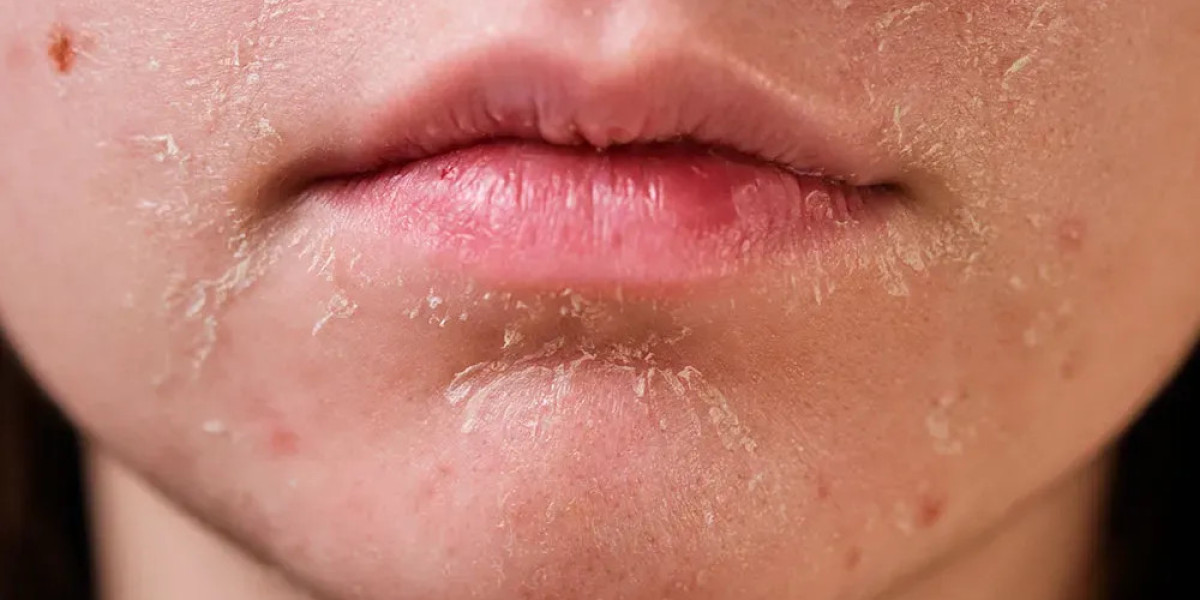Actinic keratosis (AK), a common pre-cancerous skin condition caused by prolonged exposure to ultraviolet (UV) rays, presents a significant concern for residents and visitors in sunny climates like Dubai. With its bustling cosmopolitan lifestyle and advanced healthcare system, Dubai offers an array of cutting-edge treatments for Actinic Keratosis Treatment in Dubai, ensuring patients receive world-class care. Here’s a detailed look at the latest treatment options available and what patients can expect.
Understanding Actinic Keratosis:
Actinic keratosis appears as rough, scaly patches on sun-exposed areas of the skin, such as the face, scalp, hands, and arms. While these lesions are typically benign, they can develop into squamous cell carcinoma (SCC), a type of skin cancer, if left untreated. Early detection and treatment are crucial in managing this condition effectively.
Innovative Treatment Options in Dubai:
1. Photodynamic Therapy (PDT):
Photodynamic therapy is a state-of-the-art treatment widely available in Dubai’s leading dermatology clinics. PDT involves the application of a light-sensitive solution to the affected areas, followed by exposure to a specific wavelength of light. This process selectively destroys abnormal cells while sparing healthy tissue.
What to Expect:
- Preparation: The dermatologist cleans the area and applies the photosensitizing agent.
- Procedure: After allowing the agent to absorb (usually for 1-2 hours), the treated area is exposed to a special light source.
- Post-Treatment: Patients may experience redness and swelling, akin to a mild sunburn, which subsides within a week.
2. Topical Medications:
Topical treatments, such as imiquimod, 5-fluorouracil (5-FU), and diclofenac gel, are commonly prescribed for actinic keratosis. These medications promote the immune system to target and eliminate abnormal cells or inhibit cellular growth.
What to Expect:
- Application: Patients apply the medication at home as directed, typically over several weeks.
- Side Effects: Temporary skin irritation, redness, and peeling are common but usually manageable.
3. Cryotherapy:
Cryotherapy remains a gold standard for treating individual actinic keratoses. This method involves freezing the lesions with liquid nitrogen, causing the abnormal cells to die and slough off.
What to Expect:
- Procedure: The dermatologist sprays or applies liquid nitrogen to the lesion, which may sting momentarily.
- Aftercare: The treated area may blister and scab over before healing completely in a few weeks.
4. Laser Therapy
Advanced laser treatments, including fractional CO2 and erbium YAG lasers, are available in Dubai for actinic keratosis. Lasers precisely remove the damaged skin layers, promoting regeneration of healthy skin.
What to Expect:
- Procedure: The dermatologist uses a laser device to target and remove the affected tissue.
- Recovery: Minimal downtime is required, but patients should follow aftercare instructions to avoid infection and optimize healing.
5. Chemical Peels:
Chemical peels, utilizing agents like trichloroacetic acid (TCA), are effective in treating widespread actinic keratosis by exfoliating the outer skin layers.
What to Expect:
- Treatment: The dermatologist applies the chemical solution to the skin, causing it to peel over the following days.
- Recovery: Redness and peeling are expected, with full recovery typically within two weeks.
Choosing the Right Treatment:
Selecting the appropriate treatment depends on several factors, including the number, size, and location of the lesions, as well as the patient's medical history and preferences. Consulting with a board-certified dermatologist in Dubai is essential for a tailored treatment plan.
Conclusion:
Dubai's dermatological landscape offers a multitude of cutting-edge treatments for actinic keratosis, combining advanced technology with skilled expertise. Patients can expect personalized care and effective management of their condition, ensuring both health and peace of mind in the vibrant city. Regular skin check-ups and sun protection remain key in preventing and mitigating the risks associated with actinic keratosis.








